
Lucky Break
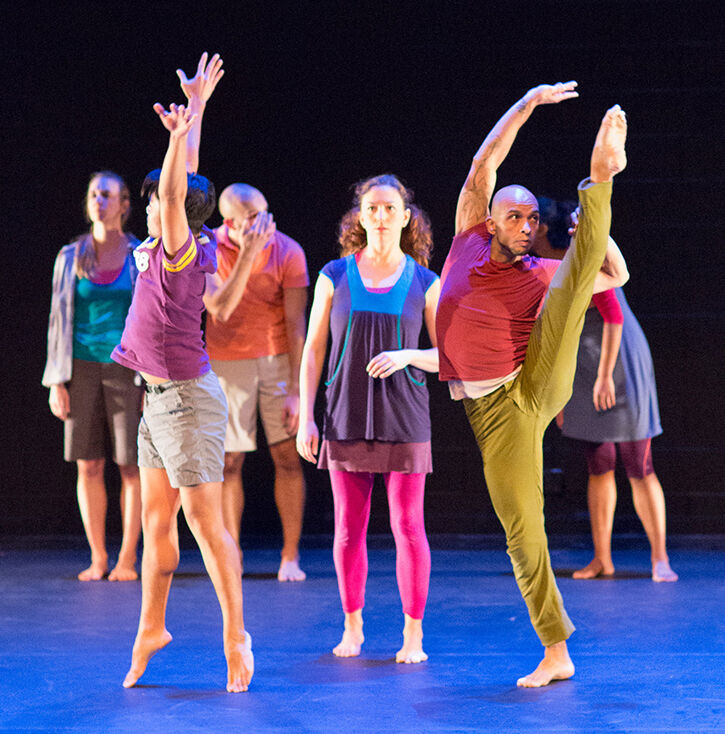
SAIC alum Julia Rhoads (MFA 2004) is founder and artistic director of Lucky Plush Productions, an award-winning dance theater company known for its complex choreography, moving content, surprising humor, and incisive commentary on contemporary culture. Lucky Plush recently won the MacArthur Award for Creative and Effective Institutions, a $200,000 grant that positions organizations for long-term growth and impact.
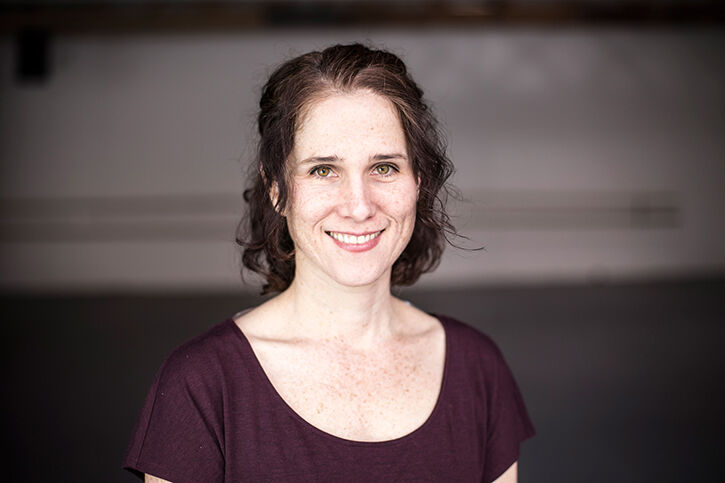
Lucky Plush has been around for 16 years, has performed in more than 40 cities across the United states and internationally, and won many awards in that time. What does the latest MacArthur Award mean for the company?
It’s an amazing thing because nonprofits often operate in survival mode from year to year, and rarely set anything aside for a rainy day. The MacArthur Award will help us to weather unexpected fluctuations in our operations, because its purpose is to support sustainability through a major one-time investment in a company’s reserves. This is also the challenge of the award, because a restricted reserve cannot be spent unless there are unusual circumstances.
In addition to the financial support, the stamp of approval from the MacArthur Foundation is huge. We are incredibly honored to be the only dance company to receive the award, and we hope it will help us to leverage future opportunities for support.
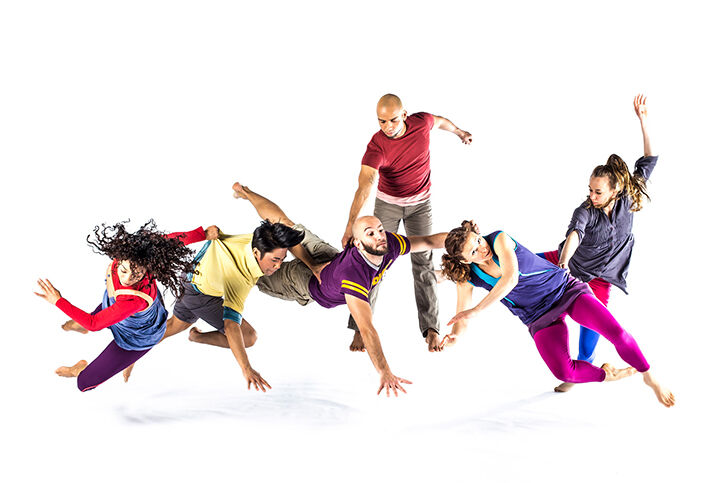
How did Lucky Plush first come about?
I came from a dance tradition and graduated high school early to join the San Francisco Ballet. After a couple years, I missed being in school, so I went to Northwestern where I got a degree in history. I became interested in contemporary dance, performance, and theater while I was at Northwestern, and I started working with a company that was making dance theater.
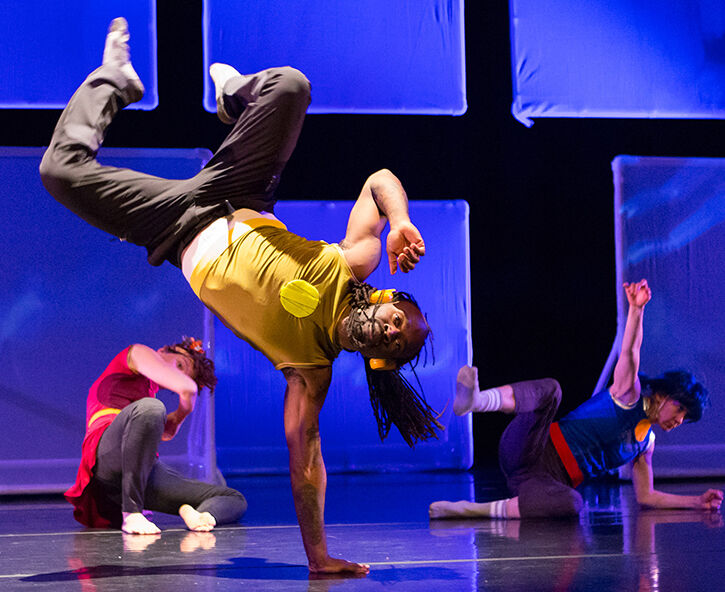
After a few years, the people in that company went in different directions, so I started making my own work and collaborating with one of my colleagues in the company. Because I wanted to pay people and pay myself, I ended up starting a 501c3 so I could apply for grants. I didn’t really know any other way to do it, and as a result, Lucky Plush Productions was formally in motion.
The company was well received in those early years locally, and there was a shifting point after a couple of years where people started to take notice of the work nationally. It’s been a steady and gradual growth in terms of the work itself and its reach.
You develop your work with an ensemble-based process. Describe how that works.
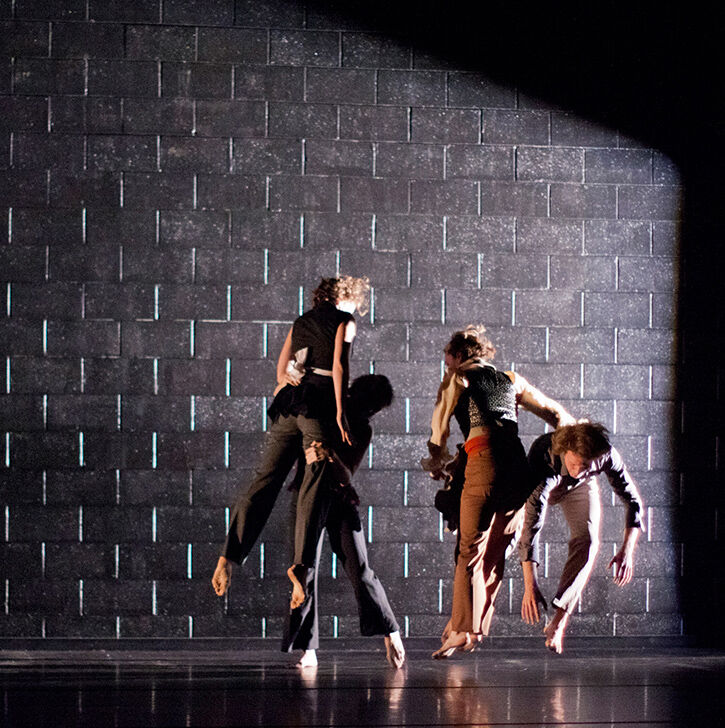
I come in with an idea, or a text, or some overarching theme that I’m interested in exploring for a work, and then the process usually begins where I give some kind of prompt or provocation to the ensemble, and they begin improvising or developing material. It takes us between 12 and 18 months to create an evening-length production. Our extended development process is one in which I’m shaping and composing and editing and refining in collaboration with the ensemble, who are very much generators inside of the work.
Going back to your time at SAIC, what made you choose to study performance at an interdisciplinary art school over a more traditional theater or dance program?
I was really drawn to the kind of practice-based focus at SAIC, to the interdisciplinary thinking in terms of research and practice. I was interested in pushing myself to think in new ways.
It gave me more tools in my tool belt. I took some playwriting courses. I was really interested in working with video to challenge frames of what’s live, what’s prerecorded, looking at different subjectivities through video and through mediated spaces. I was doing some site work and durational work and just pushing myself in new ways. A lot of that has certainly shaped and informed my work today.
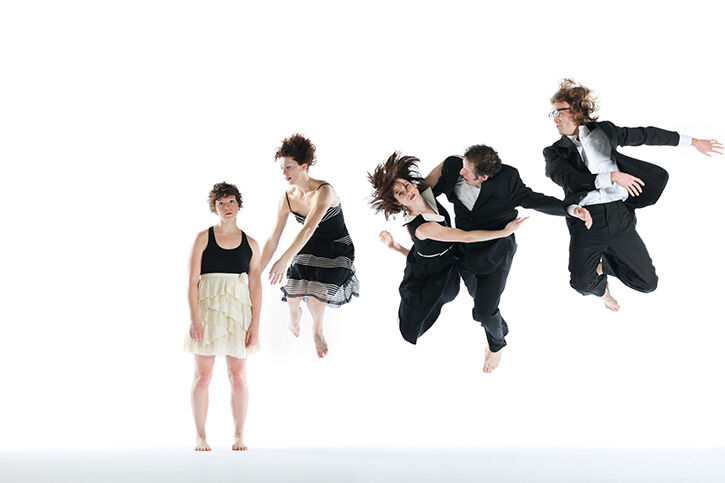
What’s next for Lucky Plush?
The next work is my third collaboration with Leslie Danzig [Curator of the Gray Center for Arts and Inquiry at the University of Chicago]. We are going to look at the myth of Orpheus and Eurydice as an architectural container for mythic spaces, how they’re interpreted and revised over time, how they’re stored and resonate in our physicality, our bodies, or psyches. We aren’t going to necessarily tell the story, but rather explore the multiple interpretations and use it as our jumping-off point.
We are also partnering with Danza Teatro Retazos, a dance company from Havana, Cuba. They’re coming to Chicago this summer to share in devising processes of exploring materials that will become the building blocks for our next work. Then we’re going to Cuba next January. We are very excited to have that international context to both and shake up our own processes and also to have an opportunity to workshop material in a new way.
